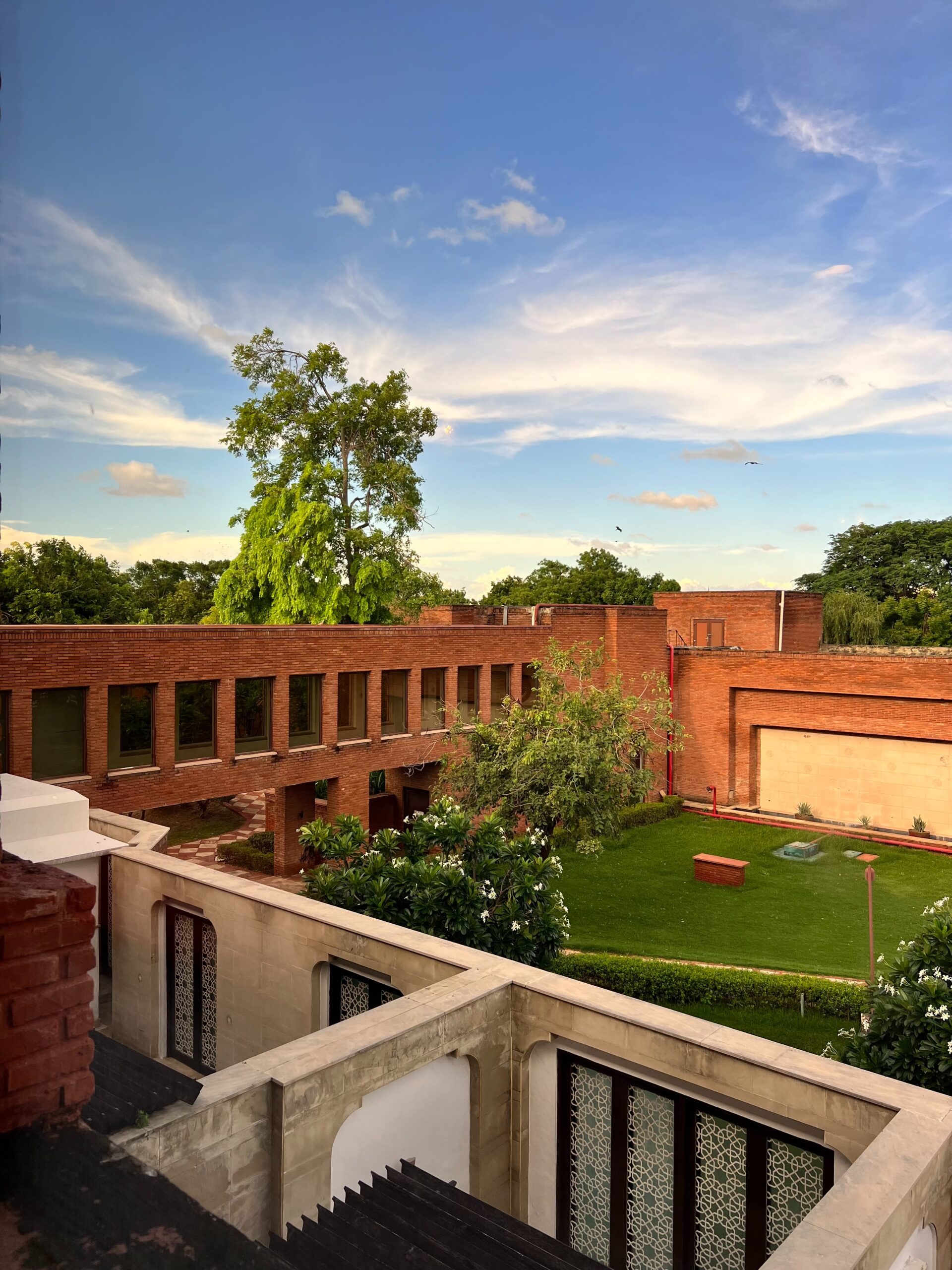Disclaimer: This is a fictitious story and does not bear any resemblance to real situations, characters, or happenings.
1742 AD. Delhi Sultanate
Sixteen-year-old Jahan’s eyes tried to look beyond the coloured glass windows of Begum Mahal. But she could only see high and imposing walls and intricately carved lights mounted on them casting a warm glow on the marble courtyards and immaculately- kept gardens therein.
As days passed, her hope that she would see the world outside diminished gradually like the burning candles in the contemporary light fixtures inside the palace. She woke up in cold sweat on the nights she dreamt of the war on Mewar by Emperor Ghiasuddin and the wipe-out of her entire clan in the catastrophe.
Six months ago, his henchmen brought her to Ghiasuddin’s harem.
“Jahan, wear this ‘sharara’ quickly,” commanded Rehanaa, the seniormost danseuse in the harem who noticed her sitting and brooding, hardly attempting to keep up with the traditions of the harem like singing, dancing, trying to please the royal men etc.
But that didn’t stop the emperor from noticing this pure, beautiful maiden. While other concubines intoxicated his senses with lavish spreads, wines and scents, Jahan crept away from his sight.
“Come here, dear.” He kindly yet firmly led her one day to his chambers.
“You are not abiding by the rules of the harem. You are not learning the arts taught here nor serving the queens.”
Jahan’s silence irked the emperor.
“She may learn and do whatever she likes but keep an eye on her,” he said quietly to the royal staff.
Often, Nagma, an enunch and her protective bodyguard would walk her through the several chambers of the palace and introduce her to the leading ladies. She told her about the lifestyle and hobbies of women there.
Jahan was initially shocked at the thought of leading such a deplorable life.
Don’t they ever try to step into a dignified world?
Why can’t they revolt against the ‘fashionable’ crimes committed within the four walls?
But soon she learnt the truths that hid behind the heavily embroidered, sheer curtains of every room.
Gulbadan, now sixty-five, possessed a sharp mind and helped to conduct trade with other countries. She kept herself abreast of the political developments. The emperor had rewarded her with several ‘jagirs’.
“He brought me here when I was twenty-one. I was pregnant with Banu,” she said pointing to a lady teaching dance to a few girls in the adjacent room.
“At first, I made several attempts to run away. When the truth dawned on me, I had given birth to Henna as well. I was never ill-treated by the emperor. Life is simpler here if you open the doors of your mind rather than trying to bang on these heavy gates of the palace.”
Then on, sexual pleasures played a tiny role in Jahan’s life. She learnt to be free within the confines of the harem. She mastered accounts, had several hobbies and imparted all that she learnt to every young girl who set foot there.
At seventy, having lived more than fifty years in the palace and earned the title of ‘Begum’, Jahan Ara breathed her last in 1812.
Glossary-
Harem- It is a word borrowed from Turkish language. The harem, quite common during the Mughal rule, is a palace occupied by the wives, female servants and concubines of the Mughal emperors.
The above story gives a sneak peek into the life of the ladies inside the harem. Research shows that the common man often misunderstands a harem. Harems often aided the growth of women as artists, financiers, and even royal informers.
Begum-Queen
Mahal- Palace
Sharara- Long, loose pants worn by ladies, often embroidered and embellished with sequins etc.

Very evocative and vivid writing Chitthi! I look forward to reading more and more from you 🙂
Thank you for reading Anand. Means a lot.